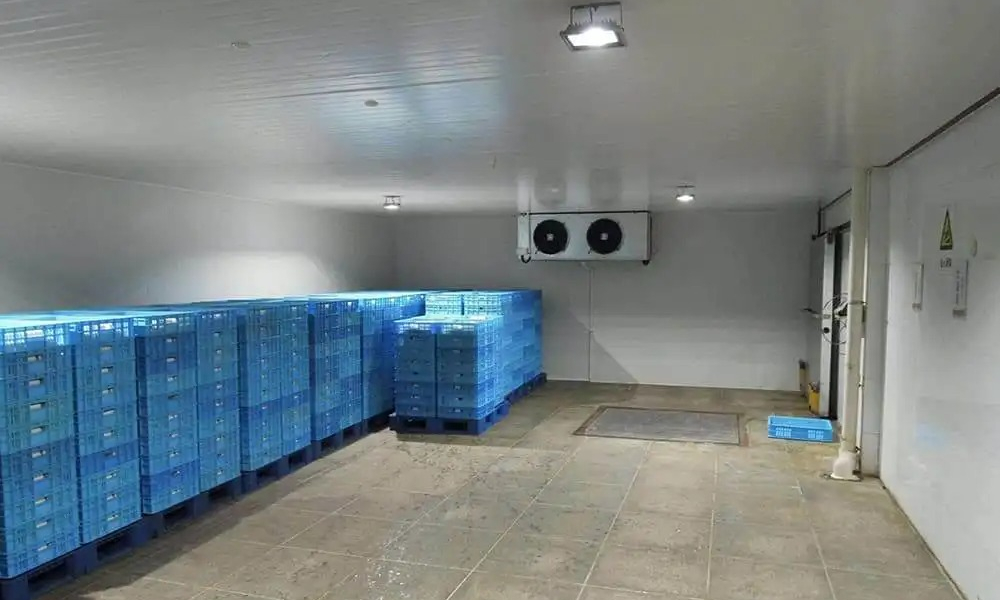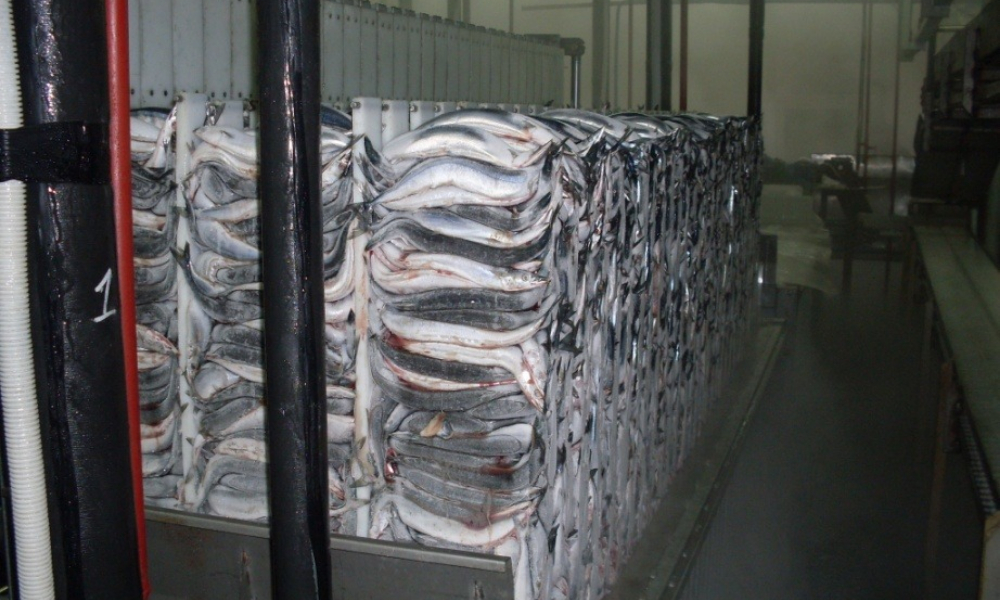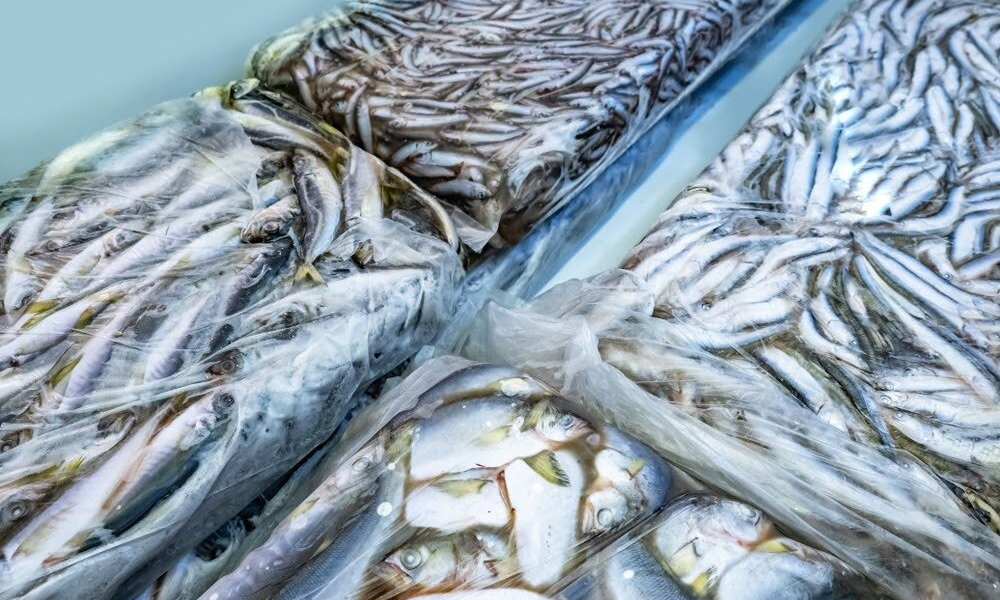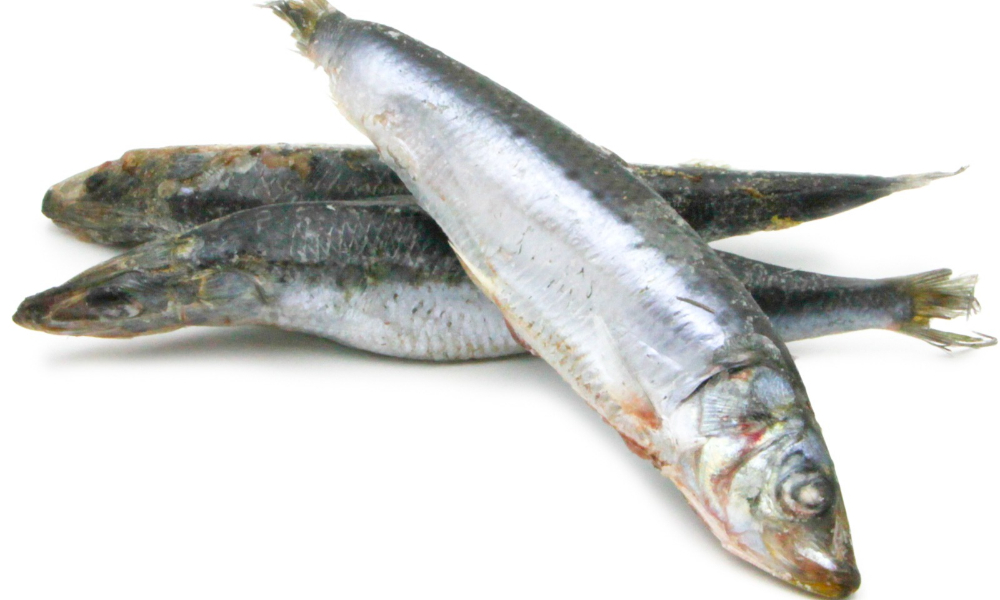Best conditions for storing fish in a cold room
In the world of seas and rivers, various types of fish thrive. Cold-water fish such as cod and trout are found in cold waters and northern regions and have white, fatty flesh. On the other hand, warm-water fish such as tuna and carp live in warmer waters and southern regions and have red or white flesh. Additionally, both freshwater and saltwater fish are highly diverse, with examples like carp and catfish in rivers and freshwater bodies, which serve as local delicacies in many countries. Conversely, marine fish like tuna and mackerel live in oceans and lakes and their flesh is used for preparing seafood dishes. Deep-sea and surface fish also have unique characteristics. Deep-sea fish like gobies and anglerfish live in the depths of lakes and oceans and are often used to prepare popular dishes like sushi and sashimi, while surface fish like trout and tuna live at the water's surface and are used for dishes like sandwiches and salads.
Cold rooms are used for storing fish to maintain their quality and nutritional value under suitable conditions. Fish storage rooms should have conditions such as appropriate temperature, controlled humidity, fresh air, and proper ventilation. Additionally, these fish storage rooms should have special, controllable cooling systems to maintain the fish's temperature within the ideal range.
Principles of fish storage in cold rooms
For preserving nutritional value and longevity Storage of fish at below-zero temperatures For storing fish in a frozen state, the appropriate temperature is crucial. The suitable temperature for freezing fish is considered as the average freezer temperature, which is usually around -18 degrees Celsius or lower. This temperature causes the water present in the fish tissue to freeze and prevents the onset of decay and deterioration processes in the fish.
Generally, this type of fish begins to decay rapidly after being caught. Therefore, freezing fish is the best solution to prevent decay and ensure long-term preservation to maintain its nutritional values.
Fish such as tuna, salmon, trout, and some types of carp are examples of fish that need immediate storage in below-zero cold rooms due to their sensitivity and rapid decay after being caught.
In general, freezing fish is a common method for preserving quality and long-term storage, but it's important to observe proper care and hygiene practices during the freezing process to prevent changes in the taste and texture of the fish. The shelf life of frozen fish in cold storage under suitable conditions is usually up to 6 months or more.
Storage of fish at above-zero temperatures
Storing fish at temperatures above zero is usually used as a temporary and short-term storage process and must be done with caution and complete hygiene. In these conditions, as mentioned, fish quickly spoil at room temperature, so special attention must be paid to the storage time and environmental conditions.
For storing fish at above-zero temperatures, methods such as keeping the fish cool in a cold room or cold rooms operating above zero can be used. However, because temperatures above zero lead to the growth of harmful bacteria and microorganisms, the storage time should be limited to a few days at most, and fish consumption must be done at the specified time without delay.
Additionally, to maintain the quality of the fish at above-zero temperatures, methods such as using insulated storage boxes with ice packs or using ice-covered pallets can be employed to control the temperature and prevent fish spoilage as much as possible. Above-zero cold rooms, or cold rooms, have temperatures ranging from zero to a few degrees Celsius, usually around 0-4 degrees Celsius, so that placing the fish in this temperature range will maintain a non-frozen and non-warm state. This temperature is suitable for temporary and short-term storage of fish, so these conditions are suitable for storing fish in a non-frozen and non-warm state.
In general, depending on the type of fish and its habitat, choosing the appropriate cold room and different storage measures will vary. In general, cold-water and freshwater fish require lower temperatures, which are used in suitable cold rooms for storing fish, while warm-water and marine fish may require normal or warmer temperatures, which are stored in other cold rooms.
Fish that are suitable for storage in above-zero cold rooms are generally those for which freezing is not suitable, but they still require storage at lower temperatures to prevent spoilage. These include fish such as trout, salmon, carp, and whitefish like Siberian and Danube. These types of fish require cool temperatures to maintain their quality and freshness, but not to the extent of freezing. At this temperature, the decay process stops, but the fish remain non-frozen and still usable.
Therefore, depending on the type of fish and its habitat, choosing the appropriate storage cold room and different storage measures will vary. In general, cold-water and freshwater fish require lower temperatures used in below-zero cold rooms for storing fish, while warm-water and marine fish may require normal or warmer temperatures stored in above-zero cold rooms.
Preservation of fish in a cold room is highly valuable!
Maintaining freshness and quality of fish In cold rooms
the temperature is continuously controlled within a range suitable for preserving the freshness and quality of fish. The low temperature in these cold rooms inhibits the growth of microbes, bacteria, and harmful parasites that can spoil food. Without the presence of these microorganisms, the process of spoilage and deterioration of fish significantly slows down. These processes include oxidation of fats, microbial growth, enzymatic reactions, and chemical changes in fish. Therefore, fish in cold rooms remain fresh and of good quality.
With this process, the storage time of fish is considerably increased. For example, fish that are naturally only suitable for short-term storage can be stored in cold rooms for months or even years and remain fresh and of high quality for sale. This reduction in food waste increases profitability and meets consumers' needs.
Increasing the storage time significantly reduces the risk of waste due to spoilage and deterioration of fish. This reduces food waste and economic losses for producers and related businesses.
Cost control and fish inventory management
By storing fish in cold rooms, the best time to sell fish can be chosen, and the optimum price can be determined. This means that when fish are stored in optimal conditions in cold rooms, the right time to market them can be chosen based on market conditions and demand. Thus, it is possible to maximize profitability from fish sales and increase business efficiency.
Additionally, storing fish in cold rooms can help manage inventory more effectively. With access to fish stored in cold rooms, inventory can be managed more optimally, and inventory levels can be accurately controlled. This helps prevent waste due to over-purchasing or not having fish available at the right time.
Overall, storing fish in cold rooms improves the sales process and inventory management, reducing additional costs, which helps business performance and profitability.
Ensuring food safety of fish
By using cold rooms for storing fish, suitable hygienic conditions for storage and safe preservation of fish are provided. These cold rooms have temperature and humidity management systems that can maintain the appropriate temperature and prevent the growth of bacteria and spoilage microorganisms.
Furthermore, cold rooms usually have hygiene systems such as air ventilation, air purification, and air control that can keep the environment clean and prevent the entry of microorganisms and contamination to fish. These hygiene measures ensure the safety of fish and minimize the risks of various diseases and contamination.
Therefore, using cold rooms for storing fish ensures that food products are stored safely and cleanly, minimizing





